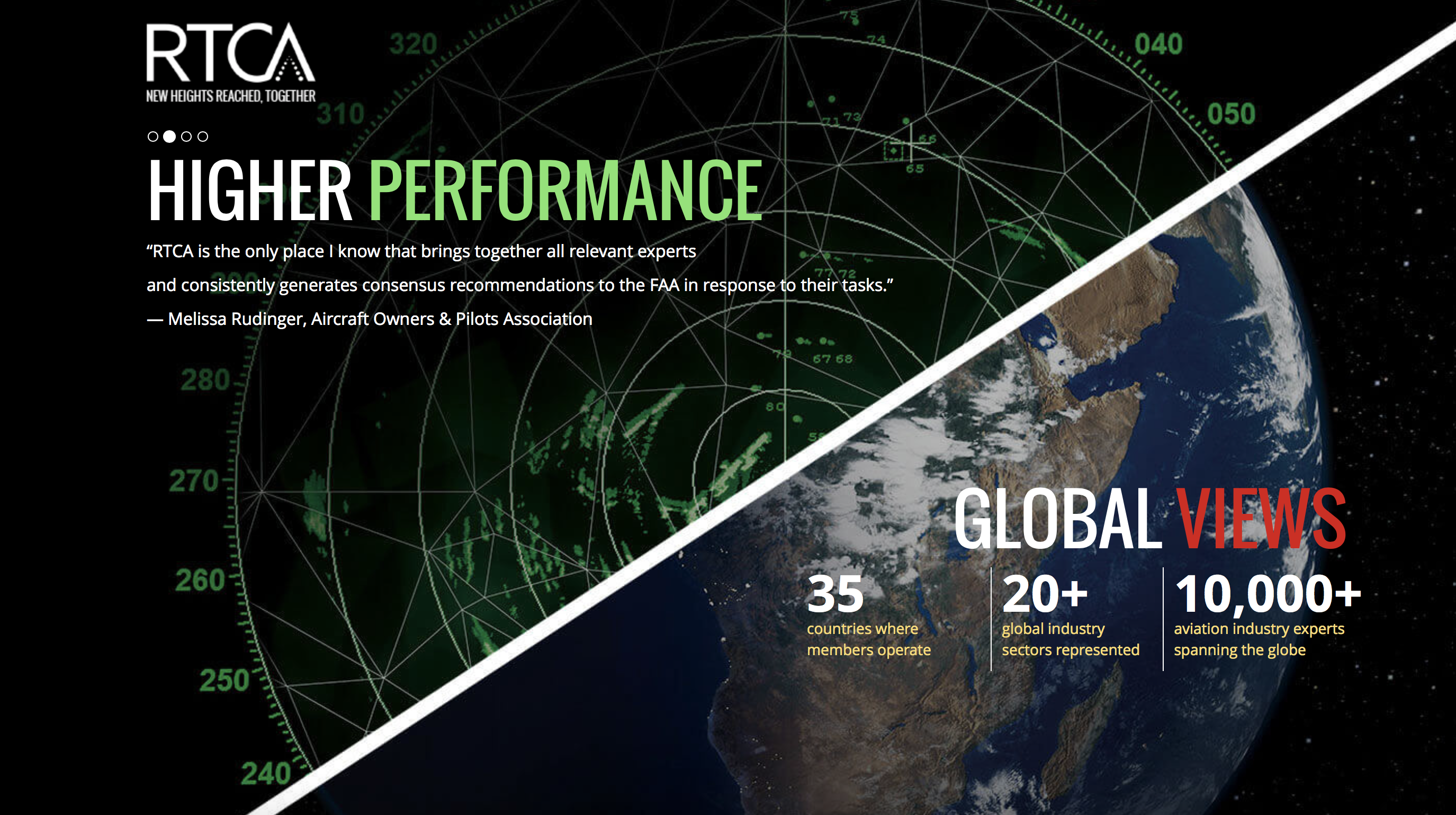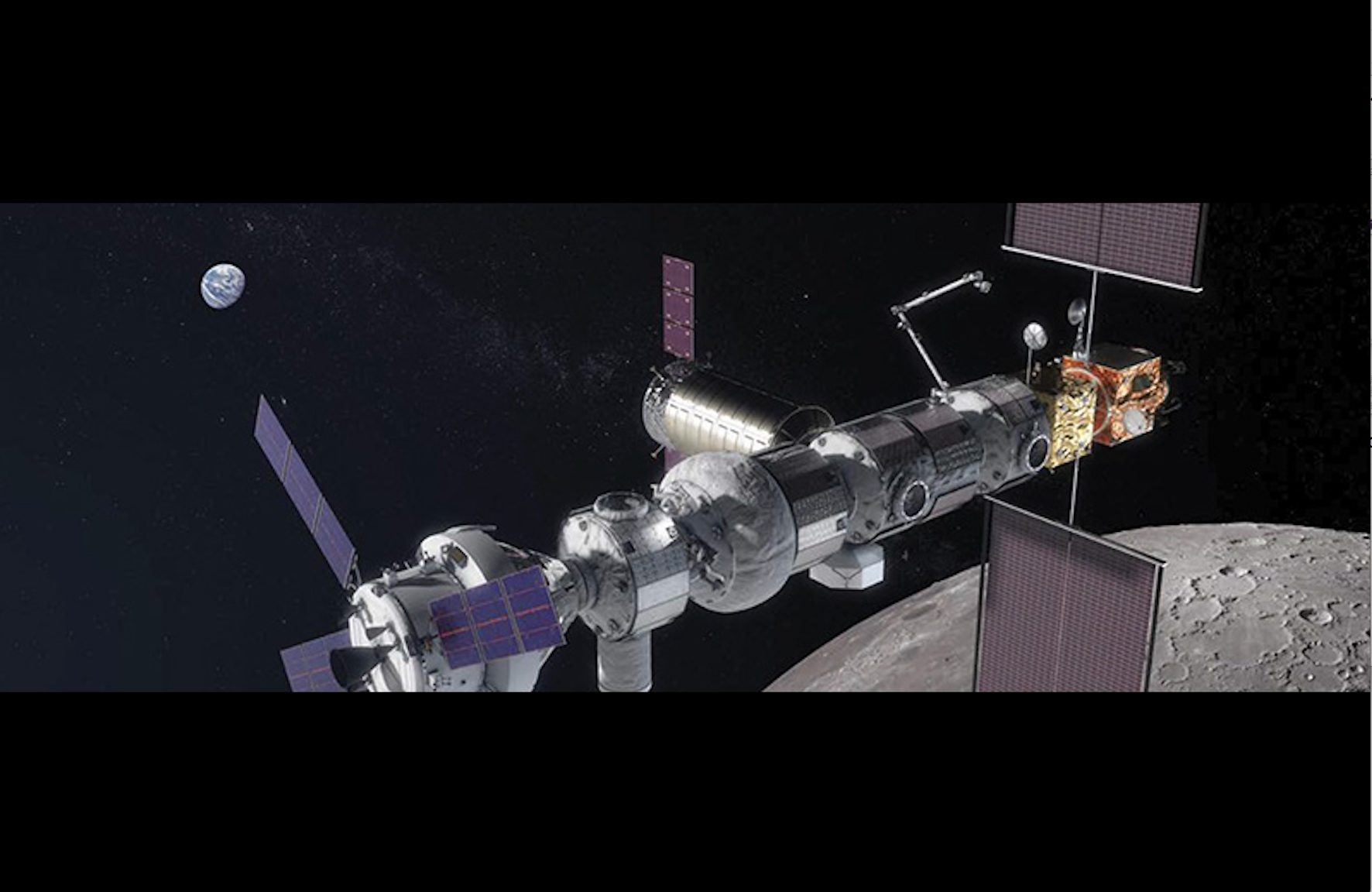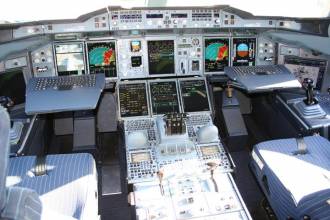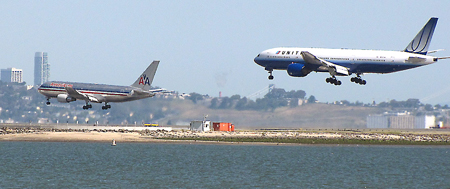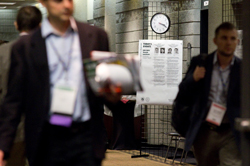Work Largely Continues as Group Becomes a Standards Development Organization. RTCA, which for decades has developed standards and worked through technical challenges at the behest of the Federal Aviation Administration, is no longer a Federal Advisory Committee (FAC) for the agency.
The FAA declined to renew its contract with RTCA and will instead take over some of what RTCA was doing — though, for now, the changes will be limited.
RTCA is now an independent Standards Development Organization (SDO) though it continues to work with the FAA using nearly the same RTCA committee structure it has for years. The group will also continue working with EUROCAE, its European counterpart, to develop joint standards.
“Mindful of the FAA’s desire to continue without interruption, the production of high-quality standards and guidance materials, RTCA is committed to a seamless transition,” said RTCA President Margaret Jenny in a prepared statement.
Indeed, most everything will continue as it has before and aviation officials will still be represented at the meetings.
“The FAA will still request standards from us,” Jenny told Inside GNSS. “They’ve still indicated that they will be invoking them as a means of compliance. So the thing that changes is that where we would have had a government person on every committee called a designated federal official — that’s required for a federal advisory committee — they would just become more of a liaison to the committees. Their intention is to stay involved so that part really doesn’t change.”
One distinct change is that the Drone Advisory Committee and the NextGen Advisory Committee will be managed by the FAA, at least until a contractor can be found to handle day-to-day operations — a contractor that could potentially be RTCA.
“The NAC and DAC have new charters as stand-alone FACs,” the FAA said in a statement sent to Inside GNSS. “They are identical and intact as they are today. They will still be administered by RTCA or another vendor. They will be working on the same issues.All the benefits of these two advisory councils are still in place and valued.”
Given the effort to maintain stability it is not entirely clear what prompted FAA to drop its advisory committee arrangement with RTCA, which has been in place since 1976. Two sources who requested anonymity to be able to discuss the matter believed that it was fueled by a desire within the administration to cut the total number of advisory committees.
“What we were told is that the Department of Transportation was doing a thorough review of all their federal advisory committees to determine whether they needed to stay in place,” Jenny said. “When they looked at RTCA, we are a little bit unique in that we are a utilized Federal Advisory Committee and all we were told was they determined that they would prefer to have it run by the FAA as opposed to an outside entity.”
A utilized advisory committee is where an organization outside of government runs the FAC.
The shift is entirely not without potential consequences. It may cause something of a delay in the work of both the Drone and NextGen groups. The FAA cannot issue new tasking statements for the two groups until 15 days after Federal Register notice of the new groups being chartered (launched). The notices for each group appeared May 31.
Though the shift may be causing some confusion the next meetings for the two panels are supposed to proceed on the same day though there might be changes in location. The FAA will advise committee members.
There is at least one other potential consequence as well. RTCA, as a more independent body, will now be able to work on standards at the behest of industry. In fact industry-requested standards could be an opportunity for RTCA to grow, Jenny said.
“So we could do those kinds of things without FAA requests,” she said. “We would just make sure that, number one, they (they requestors) had multiple companies and number two, anything we do as a standards organization will be compliant with all U.S. antitrust laws.”
If industry did seek a standard there likely would still be FAA involvement, she said.
“We would typically talk to the FAA about whether they would invoke it,” Jenny explained, “and then we would make a decision with our industry members on whether we felt we should go ahead and start a voluntary standard that they would use for compliance or use, basically, to make sure that they’re building according to the standards.”

